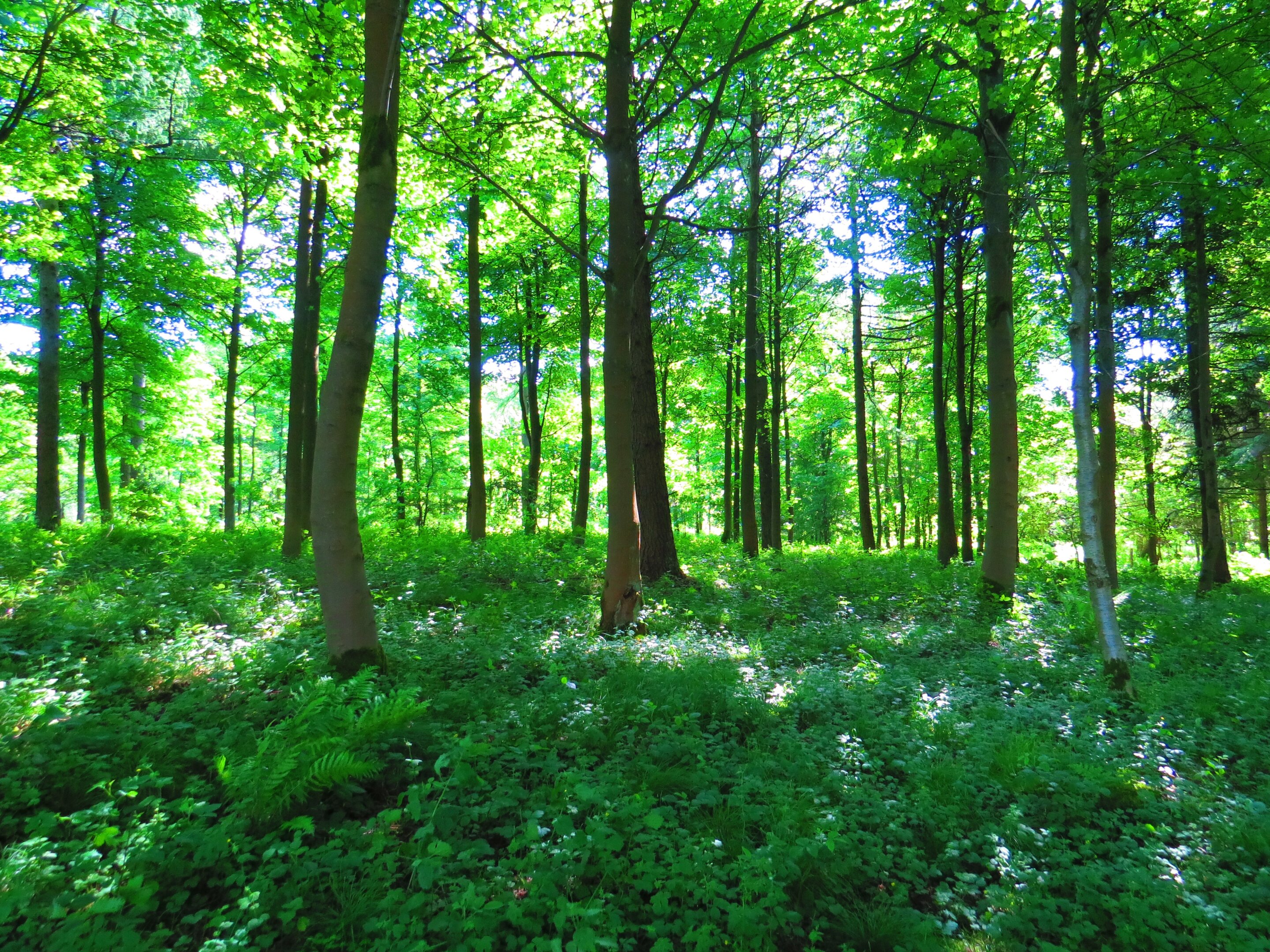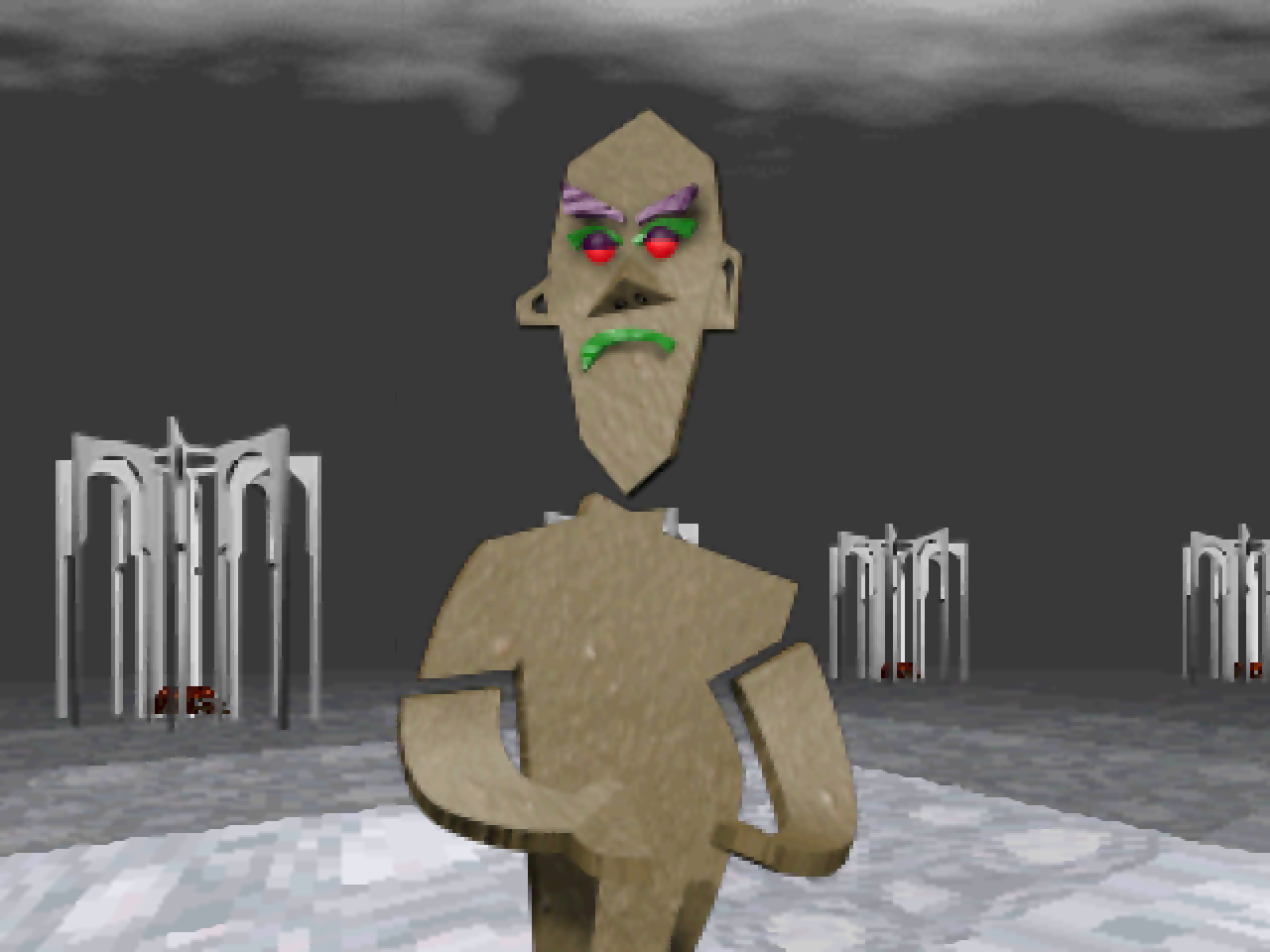Although the benefits of diverse forest systems are well known, many countries’ restoration commitments are focused on establishing monoculture plantations
This right here. It’s a shitty strategy, and pretty much lip service in terms of efficacy. 70% difference in efficiency aside, a monoculture doesn’t promote the use of that land by diverse wildlife. A monoculture also puts the entire stand at risk for disease or some other thing wiping everything out. Just look at the mountain pine beetle for instance. While the areas decimate by pine beetle had ‘monoculture’ canopies, that had the right species in the understory and seedbank for those area to return eventually, after the die off.
The reason behind the 70% figure is likely that diversity promotes better access to some soil nutrients or provides better growing conditions/microsites and thus the biomass of the systems increase as a result…
Chen (2022) talks about how soil P is bolstered in diverse stands because you get a mix of deeper rooting plants pulling P from subsoil horizons to shallower depths, making it much more accessible to the majority of the forest spp.
deleted by creator
deleted by creator
I’m not sure where that quote comes from anymore:
We need to plant forests, not trees.
Love this.
New trees also cannot support wildlife the same as old trees. Animals like owls need large, old, dead trees with large cavities, as they cannot make their own nests. Forests need to develop for almost 200 years for those conditions to exist. It’s also needs to be speciea of trees that will support the lives of prey animals as well. Without time and balance, the forest is essentially dead for anything but logging. Save old trees, cut new trees!
Brought to you by your friends at !superbowl@lemmy.world
I’m 100% in favor of preserving old-growth forests, but would it be effective to build habitats specificially for owls, distributed throughout both new and old-growth forests?
It’s mainly the small and medium adaptable owls that are still doing well that will use nest boxes. Owl boxes are also decently large since owls stay in the nest until essentially they are full grown and 10 to 20 feet (3 to 6m) off the ground.
Large owls don’t cavity nest and just need lots of tall dense trees with a thriving population of small mammals.
Birds of prey will also learn where nesting boxes are and take advantage of that. I was at a bird banding event the other day and they said they had to move their capture nets every season because raptors will learn where they are and pick birds out of it.
There are just many things that are hard or expensive to recreate by hand.
Thanks, that makes sense. So the only workable solution for the largest owl species is to not ruin their environment in the first place, and for smaller species building habitats is a risky proposition. Hopefully we’re successful in preserving what remains of our primordial forest cover then.
Exactly. And it really stinks when governments sell out and let them die out even under emergency situations.
British Columbia’s Last Spotted Owl
Canadian cabinet ministers have rejected a plea by the country’s environment minister to save an endangered owl, casting doubt on the species’ survival in the coming years.
"How is the fact there is only one wild-born spotted owl left in Canada not the definition of an emergency?” said Wilderness Committee Protected Areas Campaigner Joe Foy. “Minister Guilbeault found in January there was an imminent threat to the owl’s recovery due to the B.C. government’s logging authorizations, and yet B.C. has continued unabated logging of the owl’s home throughout the spring and summer. How does the federal cabinet just say ‘no problem’ to that?”
And in the US, from NPS
Because of its role as an indicator species for forest ecosystems, the northern spotted owl (Strix occidentalis caurina) has become one of the best-studied owls in the world. It has been listed as a threatened species since 1990, and populations continue to decline rangewide as a result of habitat loss. Competition with other non-native species such as the larger, more aggressive barred owl (Strix varia) has become the other greatest threat to the species.
Spotted owls do not build their own nests. Instead, they rely on tree cavities or broken tree tops, abandoned raptor nests, and accumulated debris. While these nesting materials are all commonly found in the mature trees of old growth forests, this habitat has been heavily affected by clear-cut logging in the Pacific Northwest. Although the protected forests in Marin County are not as widely threatened by logging, they are under continual pressure from urban development, intense recreational use, and habitat change from diseases such as Sudden Oak Death.
Many owl species are at risk but there is a very long battle between Spotted Owls specifically and the timber industry going back decades, so there is a lot of documentation about them.
There’s hate merch and everything going back near 40 years.

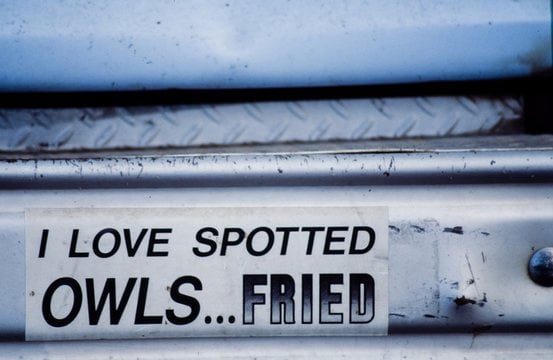
Guardian: All I See are Ghosts
The silence of the woods is familiar for the veteran biologist. For nearly three decades, Hobbs has watched the collapse of the species. He has tagged and tracked dozens of young owls who represented the hope of recovery. He has fed them mice in a futile effort to stave off death. His truck tyres have been slashed and the remains of a murdered spotted owl was once left on a tree stump as a threat.
“When I drive the highways and backroads here in their former range, all I see are ghosts,” he says. “The owls we’ve lost, I know their stories. And those stories are gone.”

Thank you for sharing that. I don’t know who it was, but some months back I was introduced to a particular document describing creative tactics for protecting old-growth forests. All I can say is, I’m glad there are at least people giving anti-environmentalists hell, and making it a war to achieve the destruction demanded by short-sighted profit-seeking.
I suppose it’s the same with every facet of life. Protecting what we have is more difficult than finding ways to tear it down. Like how software security is a constant game of whack-a-mole, fixing security vulnerabilities as they’re found.
Yes, we’re capable of great good, but also great bad, especially in groups. Someone is always going to want to take everything for themselves.
Keep learning and stay alert to what’s going on around you!
There are basically no forests that old, how are there still owls?
It’s still there. It’s just getting further and further away. It’s very valuable to the lumber industry.
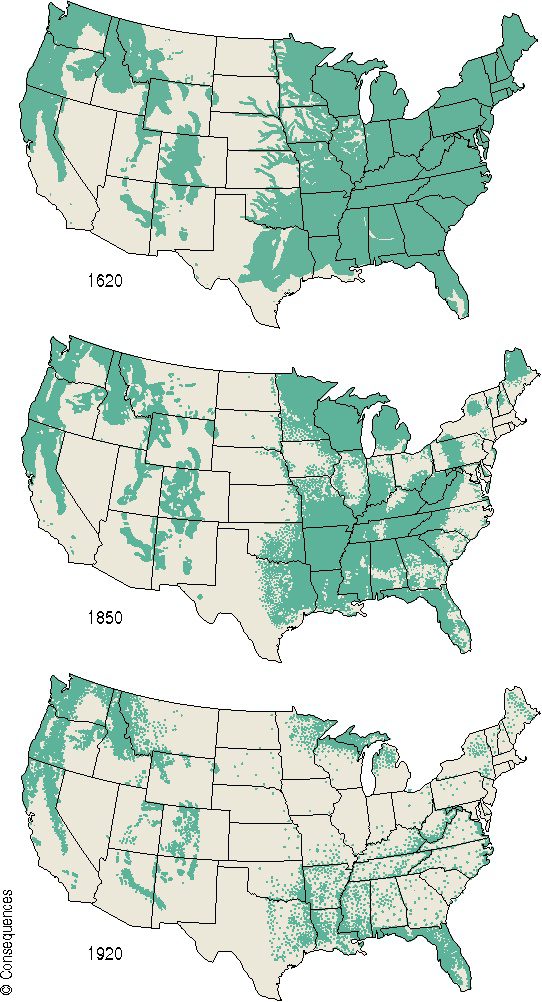
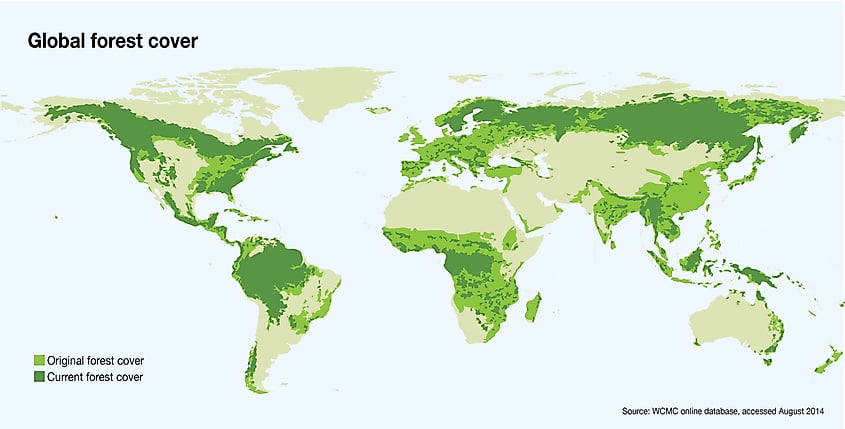
Many owls live very different lives than each other. Large owls don’t migrate and will spend their lives a few miles from where they were born. If that home disappears, they don’t know where else to live or find food.
Owls that migrate come from up north in the wilderness where they don’t really even know what people are, like the Saw Whet Owls. They’re used to moving and finding new food, and are much smaller.
Some like Barn Owls and Barred Owls are aggressive, highly adaptable, can live along side people, and can kill most other owls for territory. This along with human activity is what is driving the Spotted Owls in US and Canada to extinction, since multiple species are trying to kill them.
So we still have old growth forest and owls, but neither the amount or diversity of either we used to.
A tree plantation isn’t a forest.
That’s like calling a wheat field grasslandMakes sense. Way stronger too. You get once disease in a monoculture forest and boom. All the trees are dead.
Doug fir plantations are 70% more profitable?


